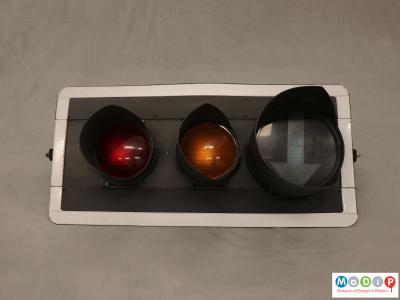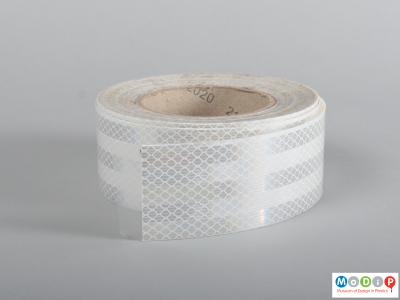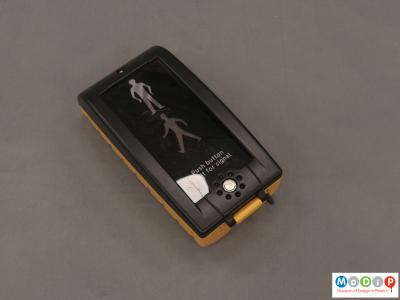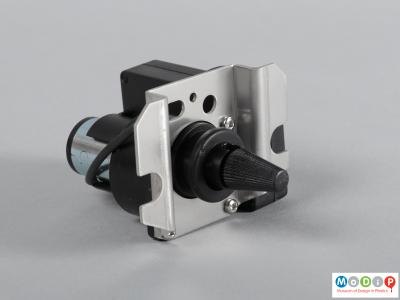Traffic signals are part of all our lives as road users, whether that be as car drivers, motorcyclists, cyclists, or as pedestrians. Many of us use them every day but perhaps do not pay them much attention other than to see if we need to stop or if we can go. The very first signals were installed outside the Houses of Parliament, London, in 1868. They were operated by a police constable using semaphore arms during the day and green and red gas lamps during the darker hours. Over the 1910s to 1930s several developments were made until the first pedestrian-operated, synchronised, electric street-crossing lights were erected in Croydon, UK, in 1932. Beyond the 1930s the system remained relatively unchanged until a report, Traffic in towns: A study of the long term problems of traffic in urban areas, was commissioned in 1963. It is regarded as one of the most influential planning documents of the 20th century and recognised that existing traffic management was out of date for both the increasing numbers of vehicles on the road and their enhanced speed. The report initiated a project to standardise road signals, which were adaptable to include additional signage for complex junctions and had improved visibility.
The Mellor signal head (1) was designed in 1965 and introduced in 1968. The individual lights are encased within a blow moulded polypropylene (PP) unit. Two flat polyethylene (PE) side panels, outlined in polyvinyl chloride (PVC) reflective tape (2), make the overall body much larger and easier to see. These new signals were considered maintenance-free, with all components made of plastics materials, including the coating on the steel mounting poles.
The puffin (pedestrian user-friendly intelligent) crossing demand unit (3) comprises a push button beneath a screen that displays a small green walking figure to denote when it is safe to cross the road, beneath a stationary red figure to illustrate when it is not, both lit by LED. The housing is made of die-cast aluminium with a polycarbonate (PC) screen glued into place and a PP tactile cone installed inside. The tactile cone (4) is used to assist those with visual impairment and/or partial hearing to cross the road safely. The user places their hand on the cone and when the light changes to green, the ridged PP cone rotates and alerts them that it is safe to cross.




